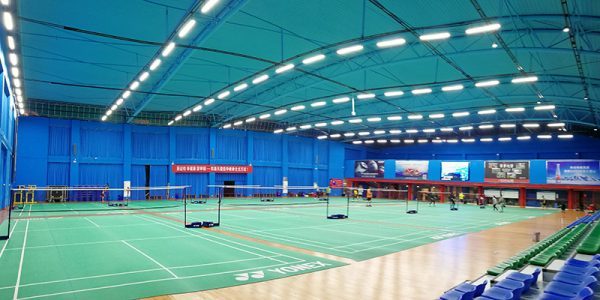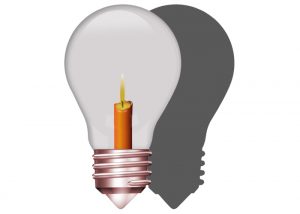What is LED Lumens
Lumen, it is the unit of luminous flux, that is, the energy perceivable by human eyes that the light source radiates to the surrounding space in a unit of time. The symbol is Φ, and 1 lumens is equivalent to the energy radiated by a monochromatic light source of 1/680W.
Light measurement and unit
(1) Luminous flux (φ) The light source radiates the energy that makes the human eye feel per unit time, which is called luminous flux. It is represented by the symbol φ, and the practical unit is lumens (lm), referred to as flow. The number of lumens emitted by a unit of electric power (lm/w) is called the luminous efficiency.
(2) Luminous intensity (I) The luminous flux radiated within a unit solid angle (sr) of the light source in a specific direction is called the luminous intensity of the light source in that direction, referred to as light intensity, and is represented by the symbol I, and the unit is Candela (cd), referred to as kan. Candela is the basic unit of the International System of Units (formerly known as “candle light”). 1(cd)=1(lm)/1(sr). 1 lux is equivalent to the illuminance when the luminous flux received on the illuminated surface of 1 square meter is 1 lumens. The illuminance of natural light under different light conditions is: the illuminance of direct sunlight on the ground is about 100,000 lx on a sunny day, and the illuminance of the shade on a sunny day is about 10,000 lx. The illuminance near the north window in the sunny day is about 2000 lx, the indoor center illuminance on a sunny day is about 200 lx, the corner illuminance on a sunny day is about 20 lx, the illuminance on a clear moon night is about 0.2lx, and the illuminance at a distance of 1m under a 40W incandescent lamp is about 30 lx.
The energy emitted by the light source is in the form of electromagnetic waves. This energy is called radiant energy and the unit is Joule (J). The radiant energy emitted by the light source per second is called radiant energy. flux), the unit is watts (W). As far as the same light source is concerned, the greater the radiant flux, the brighter the human eye will feel. However, if two light sources with the same radiant flux emit light waves of different wavelengths, the brightness and darkness of human eyes can be different. That is to say, they have different luminous efficiency. The higher the luminous efficiency, the higher the luminous efficiency. The eyes will feel brighter.
Therefore, the product of radiant flux and luminous efficiency that really affects the perception of light and shade of human vision is what we call luminous flux, and the unit is lumens (lm). According to international regulations, the luminous efficiency of monochromatic light with a wavelength of 555nm is set at 1, and the radiant flux per watt of monochromatic light with this wavelength is equal to 683 lumens. The luminous efficiency of monochromatic light of other wavelengths adopts the luminous efficiency curve, and the luminous flux can be obtained by this formula.
The half-life of the LED (that is, the time for the light output to decrease to half of the initial value) is about 10,000 to 100,000 hours.
The light effect of LED lamps
In the past, when we used incandescent lamps, we only knew how many watts we used. The higher the wattage, the brighter it was. That’s right. However, the wattage of a lamp actually only represents how much power it consumes, not how much light it emits. This problem becomes more and more important with the emergence of different types of lamps.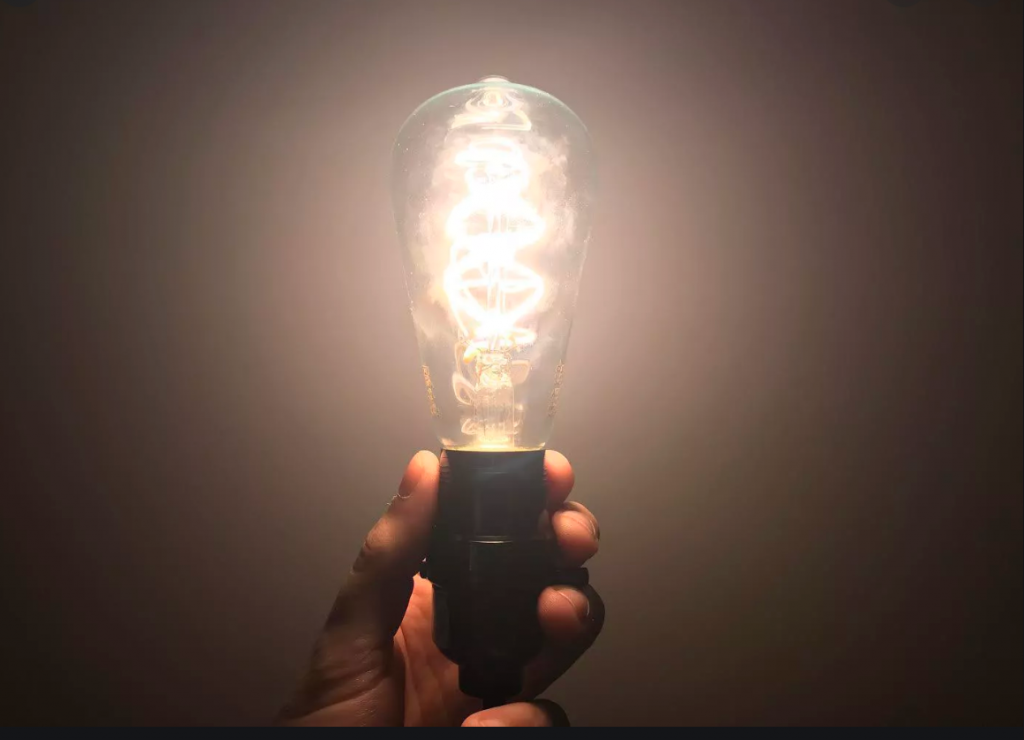
The emergence of fluorescent lamps has caused problems, the earliest use of fluorescent lamps is usually called fluorescent lamps. Fortunately, the most common fluorescent lamp is a 1.2m T8 tube. So we don’t know how many watts it consumes. We only know that it can save electricity compared with ordinary incandescent lamps. In fact, the power consumption of the most common fluorescent lamp also depends on what kind of ballast is used. The lamp itself is 36 watts. If we use domestic inductance ballast, we usually need to add 10 watts of power consumption, so the power consumption of the whole lamp is 46 watts. The average user may not know.
In fact, the so-called energy-saving lamp is just a kind of curved thin fluorescent lamp, which is called energy-saving lamp just to beautify it with the new term of “energy saving”. The most commonly used energy-saving lamp is 8W, which is as bright as a 40W incandescent lamp. But the biggest disadvantage of energy-saving lamp is mercury, each can pollute 180 tons of water and soil. However, the state has tried its best to promote “energy-saving lamps”.
In New Delhi, even every household is given a free use by the state (I don’t know if there is a big company behind). Since the national promotion to the end of 2012, hundreds of millions of energy-saving lamps have been scrapped, which has polluted 18 billion tons of water and soil, and this kind of pollution can’t be removed. No wonder it is rumored on the Internet that when Indian immigrants came to the United States for physical examination, they found that the mercury content in their bodies exceeded 100 times, which is not surprising.
LED Lights
LED is a kind of lamp without mercury and its luminous efficiency is much higher than that of “energy-saving lamp”. It is the real energy-saving lamp. It is bound to become the mainstream of lighting products. And it has appeared a variety of shapes of lamps, including bulb lamps that can replace incandescent lamps, LED tubes that can replace fluorescent lamps, led ceiling lamps, led downlights, led PAR lamps and so on. In order to save energy, all countries have set a time limit for banning the production and sale of incandescent lamps.
Australia: 2010
EU, Canada: 2012
Korea: 2013
Japan: 2012 (high energy)
United States: total ban in 2014
China: totally banned in 2016, and banned the import and sale of incandescent lamps above 60 watts in October and January 2014
It is estimated that in 2014, due to the prohibition of incandescent lamps in the United States and other countries, the global demand for LED lamps increased by 86%. So we’re going to focus on LED lights, which are used to replace incandescent lamps.
In order to make it easy for users to accept, LED lights are specially made to be similar to the shape and size of incandescent lamp, and the lamp holder is exactly the same, so as to facilitate replacement. At present, the wattage consumed by LED is widely used as the main index in China, Canada, UK, Germany, the US and many other countries. This formed a big loophole, some low light efficiency lamp, hit the target of $0.2 per watt, and slightly better lamp hit the target of $0.3 per watt. This is a very unscientific cost performance index. Because some low light efficiency lamps consume a lot of power, but they can’t produce a lot of light flux, but they are also known as high wattage. They sound like good lights, but they are actually shoddy products. The correct index should be its luminous efficiency. This is a problem to be discussed in detail in this paper.
Light efficiency of LED
The unit of luminous efficiency is the number of lumens per watt, which is expressed in LM / W, and the lumen is the unit of luminous flux. Most people may not understand what is luminous flux. We just need to list the lumens of incandescent lamps with different wattage.
| Wattage of incandescent lamp | 40 | 60 | 75 | 100 | 125 | 150 | 200 |
| Lumen | 480 | 810 | 1100 | 1600 | 2000 | 2400 | 3330 |
So as long as the lumen number of LED light is equal to that of some kind of incandescent lamp, then this light can replace this kind of incandescent lamp. This is the most acceptable method for the common people. So now the packing boxes of lamps in the United States and Japan all use large words to indicate how many watts of incandescent lamps can be replaced. Although this number is also expressed in W, it is not the wattage consumed by LED, but the wattage of incandescent lamps that can be replaced. But people can understand it at a glance.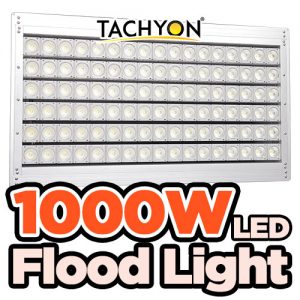
However, it can not be used as the quality index of LED bulb. Because in order to get such a lumen number, the wattage consumed by the LED bulb is different, which depends on the luminous efficiency of the LED. Although the highest luminous efficiency (producible) of LED in different periods is within a certain range, due to the different technologies of various manufacturers, the luminous efficiency is also very different. So it can be said that light efficiency is the most important quality index of LED, and also the most important index of all kinds of lamps. Because no matter what kind of lamps and lanterns are, they all convert electric energy into light energy. And its electro-optic conversion efficiency is light efficiency. Consume the same amount of power, of course, the greater the luminous flux, the better. So luminous efficiency is the most important quality index.
Lifespan and Energy Saving
For ordinary consumers, we should also know that another advantage of LED is its long life. Although the theoretical life can be as long as 100,000 hours, due to the poor heat dissipation, the actual life can not be so high. Now it is recognized that the life of LED lamps with well-designed radiators is 25000 hours. If they work for 3 hours a day, it is equivalent to 22.8 years. The life of incandescent lamp is only 2 years if it works 3 hours a day, which is equivalent to about 2000 hours. Therefore, the life of LED lamps should be 10 times longer, that is to say, 10 incandescent lamps should be bought to last 22 years. At present, the incandescent lamp costs $0.3, so it costs $3. Of course, it will take a long time to realize the saving.
Another biggest advantage of LED is its high luminous efficiency, which means saving electricity, which is more valuable to users. We can also use the power consumption of incandescent lamps. Still assume 3 hours a day and 1095 hours a year. For incandescent lamps with different wattage, the annual power consumption and tariff are shown in the second and third columns of the table below (the tariff is calculated as $ 0.10 / kWh).
| Wattage of incandescent lamp | Power consumption of incandescent lamp | Incandescent lamp and electricity charge | 60lm / W saving electricity | 80lm / W saving electricity | 100lm / W saving electricity | 120lm / W saving electricity |
| 40 | 43 | $4.72 | $3.77 | $4.00 | $4.15 | $4.25 |
| 60 | 66 | $7.1 | $5.48 | $5.88 | $6.12 | $6.28 |
| 75 | 82 | $8.85 | $6.68 | $7.22 | $7.55 | $7.76 |
| 100 | 109.5 | $11.80 | $8.65 | $9.43 | $9.91 | $10.22 |
| 125 | 136.88 | $14.75 | $10.81 | $11.80 | $12.38 | $12.78 |
If you switch to LED, you can save a lot of electricity. How much you can save depends on the light efficiency of LED. The specific calculation method is as follows: take 40W incandescent lamp as an example. Assuming that the luminous efficiency of LED lamps is 60lm / w (which is equivalent to the luminous efficiency of most LED lamps on the market), then the bulb lamp with 480 / 60 = 8W power can replace the 40W incandescent lamp.
The 8W bulb lights for 3 hours every day, and the annual electricity consumption is 8 x 365 / 1000 = 8.76, which is equivalent to 8.76x 0.11 =$0.96. The electricity saved is equal to 30.66-6.132 = 24.528, and so on. The electricity saved under various light effects can be obtained. It can be seen from the table that the annual electricity saving is very considerable. If users know that they can save money to buy a bulb only by using the electricity saved after one year, then the price of LED bulb is still acceptable, which is equivalent to saving money to buy a bulb after one year. Therefore, the annual electricity cost can be saved is printed on the packing boxes of bulb lamps in the United States.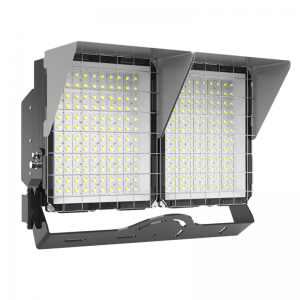
High Wattage LED Bulb Light
Now in the international market, due to the large demand and large output of bulb lamp, the price also decreases. The price of bulb lamp replacing 40W incandescent lamp decreased by 21%, and the price of bulb lamp replacing 60W incandescent lamp decreased by 28%. But the price of replacing higher wattage incandescent lamp is still high. The main reason is that the size of bulb lamps is usually the same as that of incandescent lamps with equivalent power.
In the past, there was a popular view in the industry that the power of the bulb lamp could not exceed 9W, which was determined by the size of the radiator (A19 = 19x1g8 “~ 60mm in the United States, A60 = 60mm in China). In fact, due to the low luminous efficiency of bulb lamps in the past, there is a bottleneck. With the improvement of bulb lighting efficiency, this limitation also increases. It is possible to make bulb lamps with higher power in the same size radiator. Because the light efficiency is high, the calorific value is also reduced.
Now let’s use numbers to illustrate this problem. Suppose a 10W bulb lamp, its whole light efficiency is 60 LM / W. That is, when the input power is 10W, its lumen number is 600. At this time, its electro-optic conversion efficiency is only about 27%, that is, only 27% of the electric energy is converted into light energy, and the remaining 73% becomes heat consumption. Assuming that the efficiency of driving constant current source is 90%, that is, 1 W power is converted into heat consumption. Only 9W power supplies LED, so the heat consumption of LED is 9×0.73 = 6.57w, plus 1W heat consumption of power supply, the total is 7.57w. This heat consumption needs to be emitted through the radiator.

